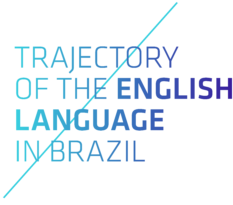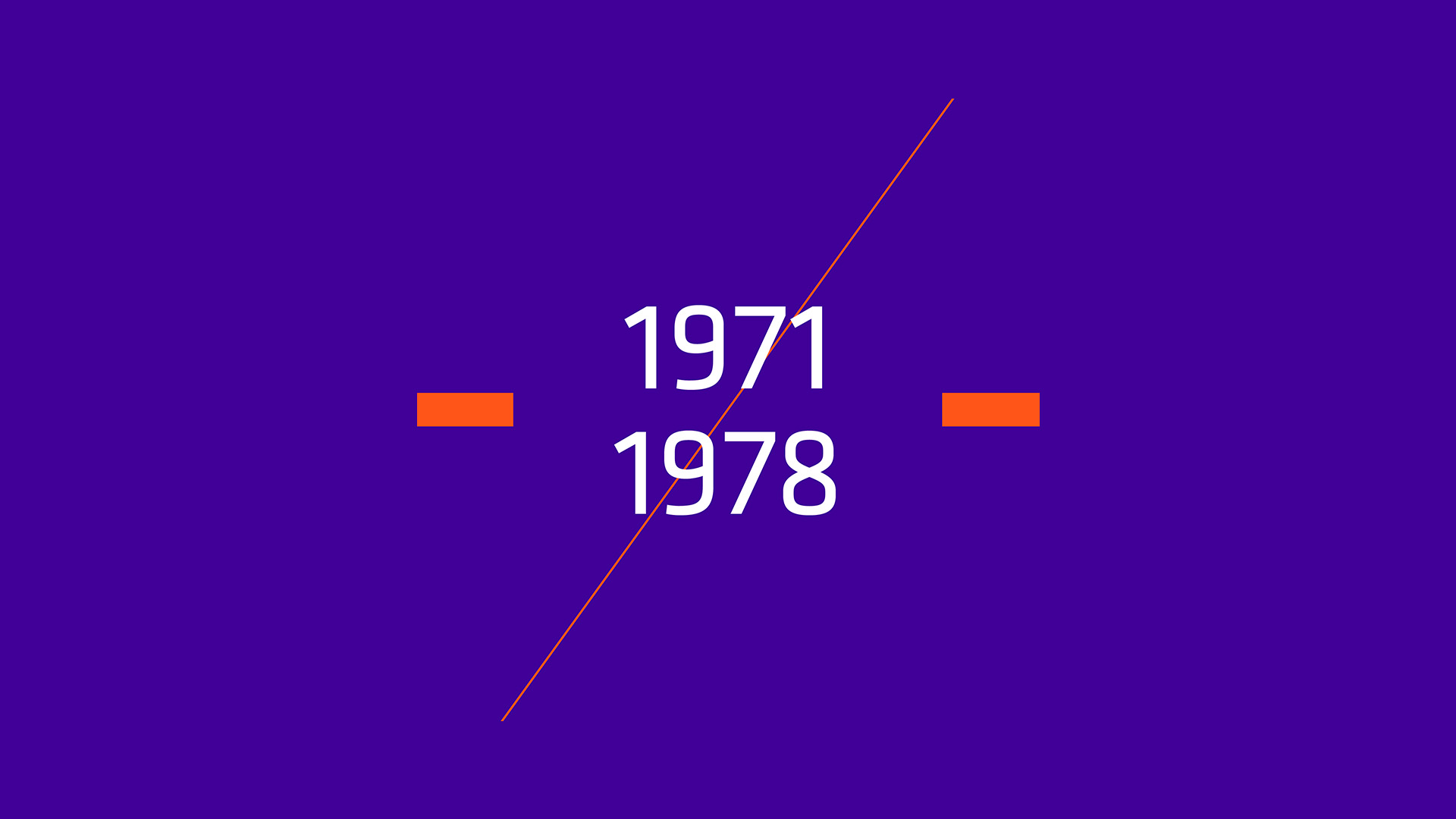1971
The new LDB promotes a step backwards
Recommended and not obligatory – this is how the modern foreign language (LEM) appeared in the new law of Directives and Bases of Education for Primary and Secondary education (Ruling no. 853/71). These were the years of the military regime and the patriotism expressed by the official slogan “Brazil, love it or leave it” that determined the curriculum of schools and the weakening of the teaching of languages such as English. It was in that same decade that private language courses expanded, largely due to the concept that it was not necessary to learn languages in regular school.


1971
British Council organises language seminar and educational TV
The British Council organised the first Anglo-American Language and Literature seminar in Pernambuco. The event featured lectures and the presence of British men and women such as W. E. Moss and Ann Whitfield. The meeting was a partnership with the Institute of Letters of the Federal University of Pernambuco (UFP) and the Brazil-United States Cultural Society. In the same year, the British Council and the United Kingdom embassy sent professionals to help set up the Fundação Centro Brasileiro de TV Educativa (currently TVE Brasil).
1973
Network of North American Cultural (CNA) language schools is founded
After working as a carpet salesman in the United States, businessman Luiz Nogueira da Gama Neto came up with the idea of using his company to sell a collection of English books in Porto Alegre. One of his salespeople, on his own initiative, came up with the idea of offering classes to anyone who purchased the collection, which increased the sales appeal. Luiz Gama liked and supported the undertaking and, in the 1970s, started the North American Cultural Centre (CNA).

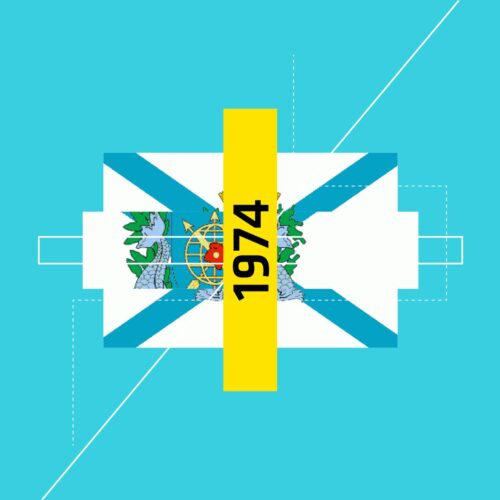
1974
British Council organises seminar for teachers of English
The British Council, together with the Association of Teachers of English of the State of Guanabara, held the 5th Seminar for Teachers of English in Rio de Janeiro. The objective of the event was to promote debates and reflections on the best and most efficient practices in teaching the English language. Among the topics discussed, some highlights were the use of films and audiovisual materials in language teaching and the approach of psychology for language teachers.
1975
Federal District creates Interschool Language Centre (CIL) in Brasilia
In 1975, the government of the Federal District created the first CIL to face the challenges of teaching foreign languages in regular schools, including classrooms with large numbers of students with different levels of language knowledge. With after-school classes, the centre supports the teaching of English and other languages to students from the sixth year of primary education, secondary education and youth and adult education (EJA).
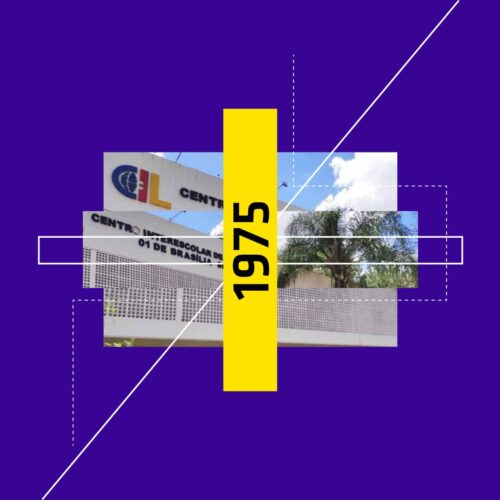

1975
Book proposes learning English using masks to cover part of the lessons
Learn English wearing a mask? This was the proposal of the book English by the Audio-visual Method, by Filipovic and Webster (1975). This method required teachers to cover part of the lessons with a mask that came with the students’ books. At the same time, cassette tapes with dialogues were playing. The method prioritised oral comprehension. Whoever produced the idea understood that contact with the written text could be negative for learning. Orality was the focus for a period of eight to ten weeks, and only then did reading and writing come in.
1976
Regulation corrects part of the setbacks of the military dictatorship
With the Law of Guidelines and Bases (LDB) during the military dictatorship, there was a series of setbacks in language teaching. In 1976, resolution no. 56 corrected some points in foreign language teaching, but only in parts: teaching was once again mandatory in the 2nd phase (current upper secondary education), but in the 1st phase curricula (current primary education) these disciplines were only recommended, meaning that many public schools continued without language teaching.
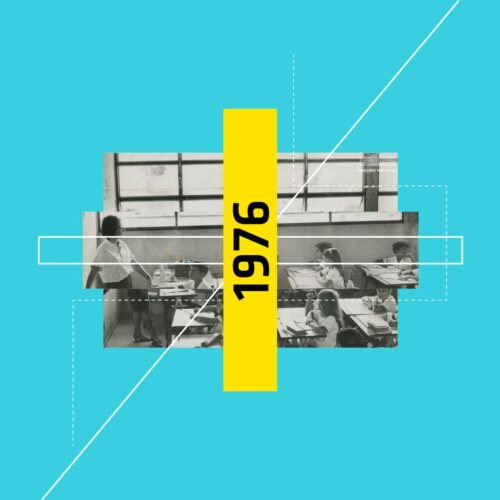

1977
Language for communication is the focus of teaching material
Language teaching aimed at learning to communicate, without prejudice to the various different accents. These were the proposals of the series of British materials named Strategies, by Brian Abbs and Ingrid Freebairn. The proposal was to see language not as a system of rules, but as an instrument to improve the communication of the learners. The book contemplated linguistic and intonation variations as resources for the production of meaning.
1978
The communicative method arrives in Brazil
As the name suggests, the idea of the innovative method was to prioritise and develop the student’s ability to interact in real communication situations. In other words, speaking fluently and confidently, for the new method, was seen as more important than the correct and cultured use of the grammar of the language learned. In addition, the new approach incorporated error as part of the learning process.


1978
Book by Amadeu Marques is a publishing phenomenon
Amidst the accelerated increase in pre-college courses, Amadeu Marques, a prep course teacher trained in English at UFERJ (currently UFF), began his production of textbooks with three volumes: Time for English, English for Life and Reading Texts in English. Production continued and, from 1978 to 2007, Publisher Ática published more than fifty books for learners from Primary to Secondary Education. He also edited a series of paradidactics and two dictionaries.
